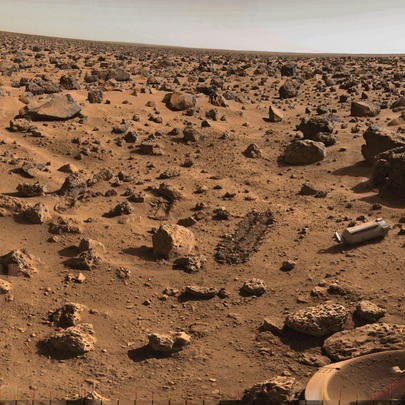One of the scariest things about Space, other than getting destroyed by a 9 trillion ton comet, is floating out to the middle of no where with no way to get you back. If that was to happen, there really is no way of saving you right now, thank god nothing like that has happened yet. Unlike water, when you float away, there is nothing you can do to move you to a different direction – unless you push your self off something. Scientist are in the process of making a tractor beam to bring back astronauts and tools that get lost in space.
Here’s how the beam would work:
The idea first emerged last year when John Sinko, an engineer now at Ohio State University in Newark, proposed it as a way to de-orbit space junk.
Now, working with Clifford Schlecht at the Institute for Materials, Energetics and Complexity in Greenville, South Carolina, Sinko is developing a prototype device that could save astronauts lost in space.
In Sinko’s original plan, spacecraft carry thrusters with two types of propellant, each responding to a different laser wavelength. To fire a thruster, a laser beam is shone on it, vaporising propellant to create thrust and so push the spacecraft onto a new course. The propellants fire in different directions, so the spacecraft can be steered.
Sinko and Schlecht say that if those space-junk thrusters were scaled down and fitted onto a spacesuit, with tubes to vent propellant away from the astronaut, you would have a way to retrieve a spacewalker who is spinning into the void. You could even apply small thrusters to astronauts’ toolboxes – one was lost during a spacewalk in 2008.
Okay so maybe it’s not a tractor beam like they use on SciFi movies that go out and start pulling you inwards, but since light beams would be used to control which propellant is used, it’s technically a tractor beam. The best part about this proposed technology is that you could bring an astronaut back to the station even if they are knocked unconscious since the station or space ship can control the suit from a distance.
New Scientist via io9





